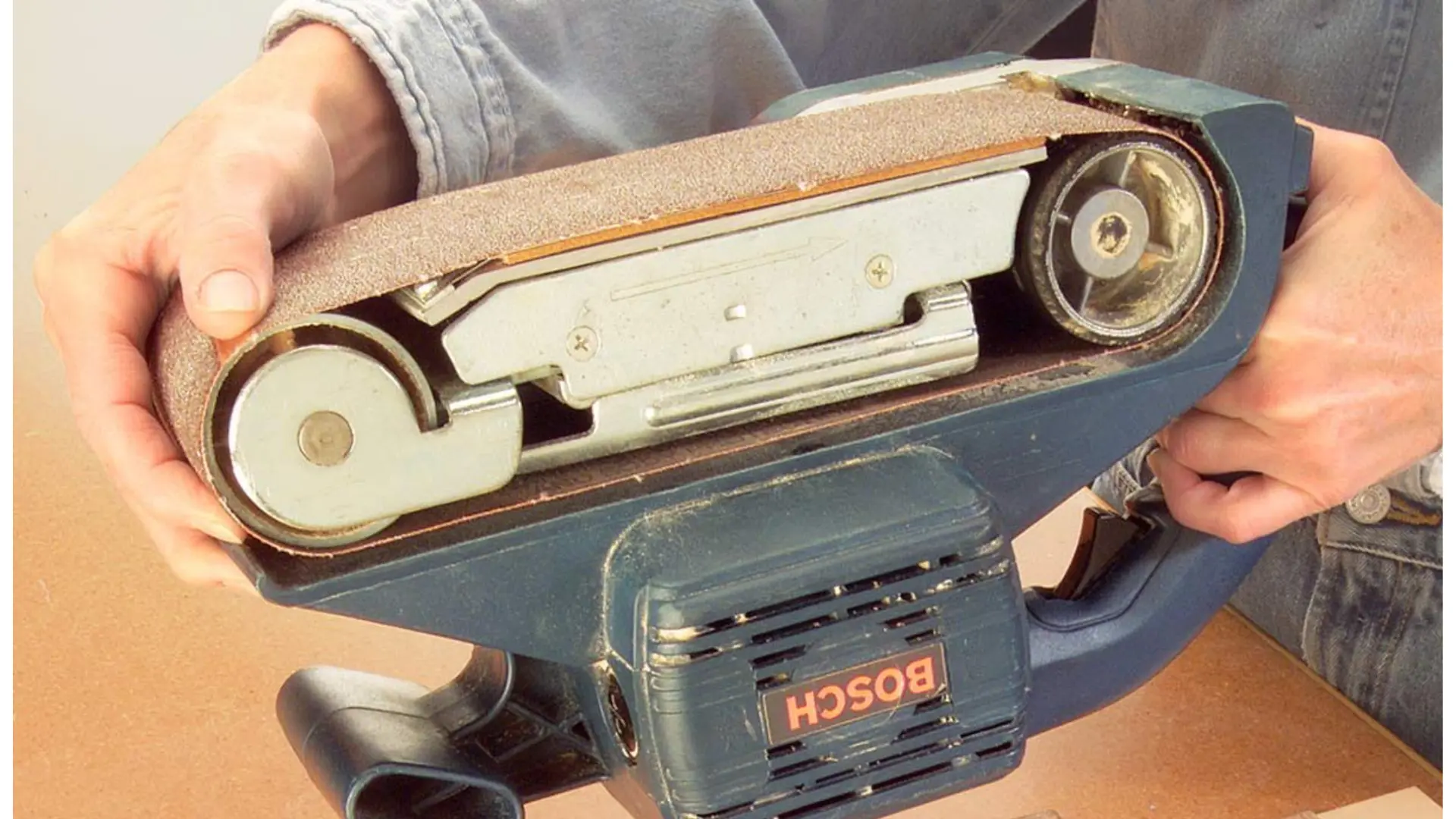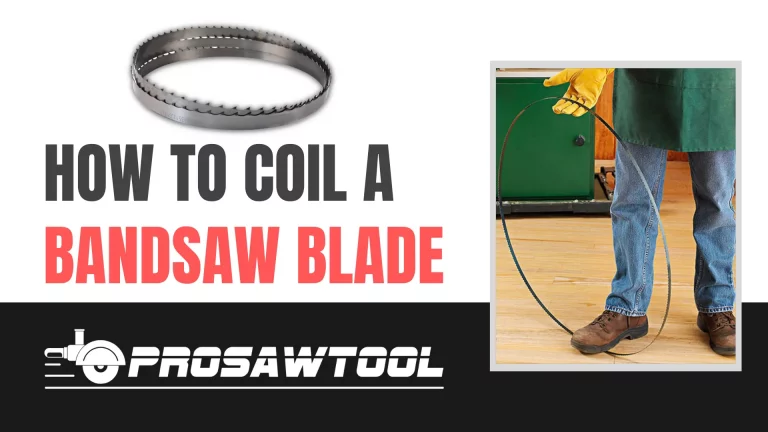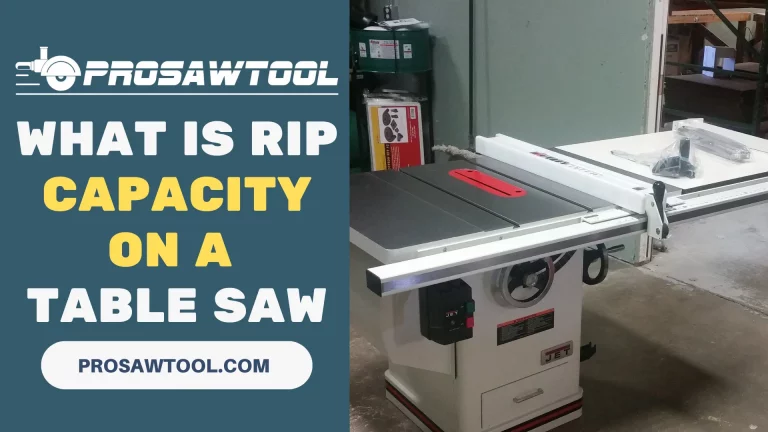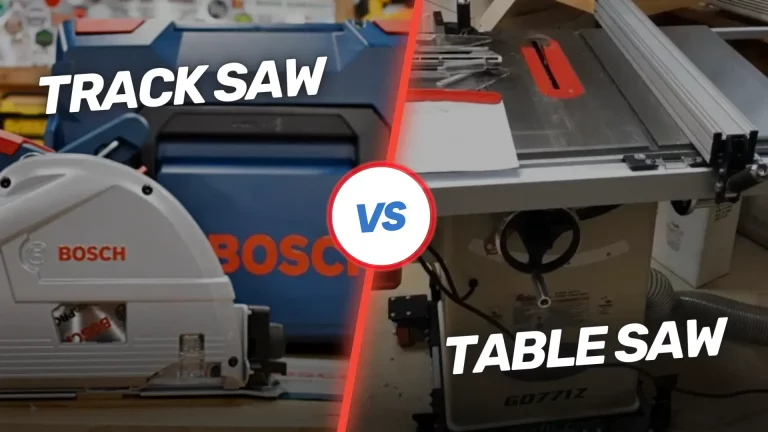6 Steps to Use a Stationary Belt Sander 2024
Most people love doing crafty jobs themselves from structuring cabinets for the kitchen to crafting a bassinet. However, they lack in understanding the correct procedure of how to use a stationary belt sander when it comes to sanding the wooden pieces.

When crafting delicate pieces, it is essential to make the surface of the wood smooth and even. Different tools and equipment are dedicated for this purpose. Out of which the handiest one is a stationary belt sander. While in the old times, people sand the logs by hand using paper, the sander can help in quicker results in an efficient way.
How to Use a Stationary Belt Sander
In this blog, we’ll be briefing you more about the usage of the stationary belt sander.
Turning the shape of the wood with for offering leveled wooden surfaces. However, it isn’t easy to operate the belt sander (check out how to use a belt sander easily), as there are many crucial steps to get a perfect and stress-free outcome every time.
1. Fix Your Workpiece with Clamp
Initially, you need to fix the piece of wood on which you’ll be working. Regardless of the area of wood you want to sand, securing it to avoid slipping is a must. If you don’t fix the wood completely, it is expected to slip away or move a lot damaging yourself or your belongings.

When the workpiece is moving, the entire process will become frustrating. So, before even starting with sanding, clamp your wooden piece with the table or use a non-slipping mat below for sturdy results.
2. Get Secured with Protective Gears
After securing the workpiece, it’s time to secure yourself from any risk involving the sanding process. When sanding the wood, and excretion of a huge bulk of dust and dirt often takes place. You should protect your organs from either breathing in the dusty air or getting your hands ruined because of splinters.

During the sanding process, wood particles and even smaller pieces fly here and there. For keeping your eyes protected, just use goggles, although some belt sanders come with sawdust. Moreover, you should wear gloves to avoid any cuts or bruises. Here are the best belt sanders available in the market.
3. Getting Motor Started
The best thing about the stationary belt sander for drywall that makes it different from others is that you can easily work on it at your home. Despite being more efficient than belt sanders, disc and spindle sanders can’t be operable by a beginner. Have a look at the best sanders for drywall.
Once you’ve geared up, you are ready to start the motor for running the belt sander. It should be noted that the power supply is connected with the blades properly attached. Moreover, you should hold the sander away from the log you want to carve.
After the motor is running, the pace will gradually increase. If you want the sanding process to be perfect then keep it running at full speed. Initially, you just have to complete the entire piece with a coarser belt and when you’ll be repeating it then you can use the finer grit.
4. Focus on the Right Grip
You’ll find a handle in the rear part of the belt sander. It is used for turning the wood your way and giving you the controlling hand over the machine. As you work, your grip should be firm and you should be starting the contact with the rear part of the sander to your wood.

For reduced risks to your safety and effective job, it is necessary to have a strong grip over the handle and avoid unnecessarily moving the sander.
5. Moving the Sander
As you have maintained the grip with the rear handle of the sander, you can start interacting with the back part of the sander to the workpiece. After then for even strokes, you should keep it moving carefully as any mistake in this step can result in total loss.
Now, you can easily sand the rest of the area of wood to a finer surface. Make them as smooth as you want them to be. If you’re restructuring or redecorating a piece then the sanding may result in taking its paint off.
6. Sand it Away
Once you have understood the entire support structure, it’s time for you to sand every piece away. Hold your sander and keep it moving along the grain until you get a smooth surface. Check your progress as you go and mark to separate the completed area from the other one.

Try going wider but precise strokes as it’ll return a smoother Finnish. When working with a stationary sander, the grip of your handle on the front can be crucial for controlling it towards your desired direction. You can guide the belt sander through the wood with the front handle for ensuring a firm grip and sufficient movement.
Safety Precautions for Using Stationary Belt Sander
There are many safety precautions that you must consider when sanding with the help of a stationary belt sander.
- Check for the changes in the belt frequently as it can be worn out with too much heat or humidity.
- As the belt is heavily running, the wood tends to move so it is important to hold it tightly.
- Initially working with the coarser belt as only this can provide you a smooth surface but if you’re looking for an even smoother one then replace it with a finer grit. If you start with a finer grit, it’ll take a lot of time.
- Avoid keeping your sander stiff and steady. You should move it or else it can break the work surface.
- Apply lighter pressure on the sander as you go, instead of pushing or forcing it down to the workpiece as it may break it.
As we have almost reached the end, it is important to answer some of your queries, listed below:
Frequently Asked Questions
What should you look into stationary belt sanders?
There are different aspects to look for when choosing the belt sander. Some of the factors that generally depend on almost all jobs are durability, belt width, adjustability, and dust control.
What are the things that shouldn’t be done when using a belt sander?
The simple answer to this is you should avoid doing things that can damage your well-being throughout the process. Try sanding away from your body and keep your hands away from the belt while working.
Which one’s better? Belt sander or an orbital sander?
For jobs that need to work on large wood pieces, a belt sander can be your best option. However, the orbital sander can be used if your workspace is a bit small.
Conclusion
Using a stationary belt sander is the most efficient and quicker way of sanding the wood without any professional help or complex tools. You just need to have a belt sander and correct step-by-step procedure for operating it carefully. You must be secured from any dangers if properly-suited before work. There are many cases that were due to mishandling the belt sander.
You must be aware of the tools mentioned by us for the sanding process to get your work done faster and in a simple manner. Once you’ve learned the mechanics, you can sand all the way like a professional.






